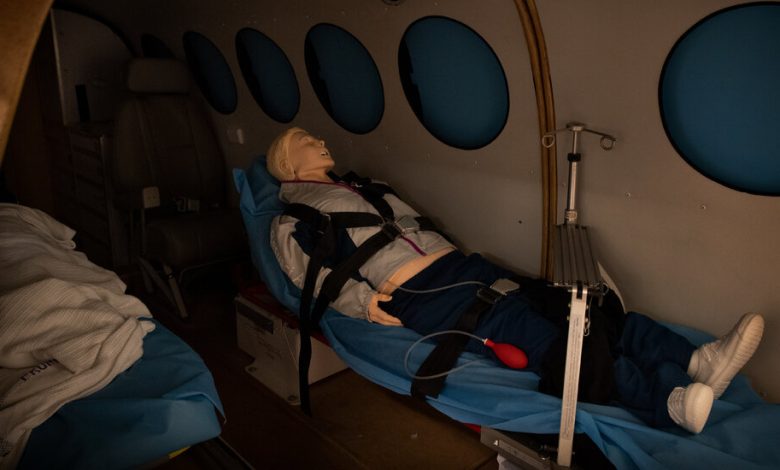No Appendix, No Problem. Australia’s Remote Doctors Tell All.

The Australia Letter is a weekly newsletter from our Australia bureau. This week’s issue is written by Julia Bergin, a reporter based in the Northern Territory.
No drugs, no tools, no team: These are the work conditions for a remote Australian doctor.
And when that is the case, when doctors have no stocked pharmacy, no operating theater, and no extra hands to call on, their job becomes less medicine and more logistics.
Dr. Rhys Harding, a remote general practitioner, said his daily work involves asking questions that his peers in big cities never need to think about: “What have I got? Who’s here? What time is it getting dark? Can the plane land?”
Next comes a long list of medical skills that he needs, such as handling complex head injuries, taking X-rays and extracting teeth.
“I’m far more comfortable in a mouth than most doctors would be,” Dr. Harding said.
For Australian doctors who work in the country’s most remote locations, practicing medicine can be limitless, limiting, isolating and exceptionally challenging. The environment is harsh, and the physical and mental demands on the doctors, who are often deployed on their own, are more extreme than in any metropolitan hospital setting.
Dr. Michael Clements, a vice president of the Royal Australian College of General Practitioners, says it’s got less to do with remoteness and more to do with resources.
“We can do a lot with just our hands, but generally speaking we like to have our drugs, we like to have our toys, we like to have our team,” said Dr. Clements, who spent 13 years as a doctor in the Australian Air Force traveling to places like Afghanistan, Djibouti and Somalia.
